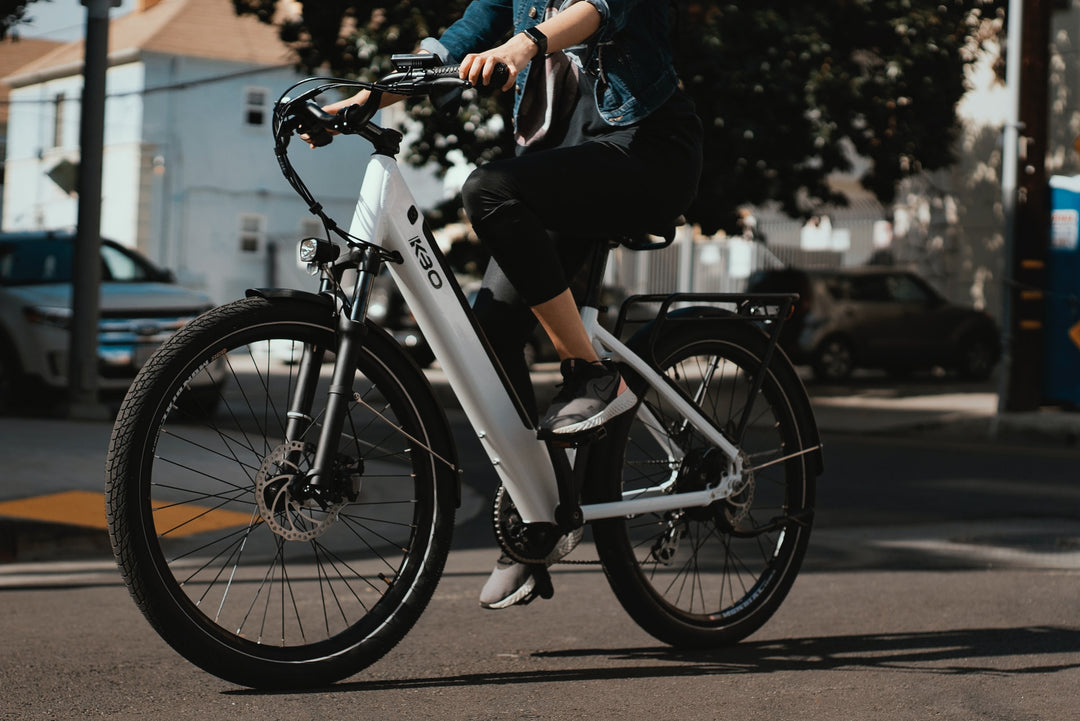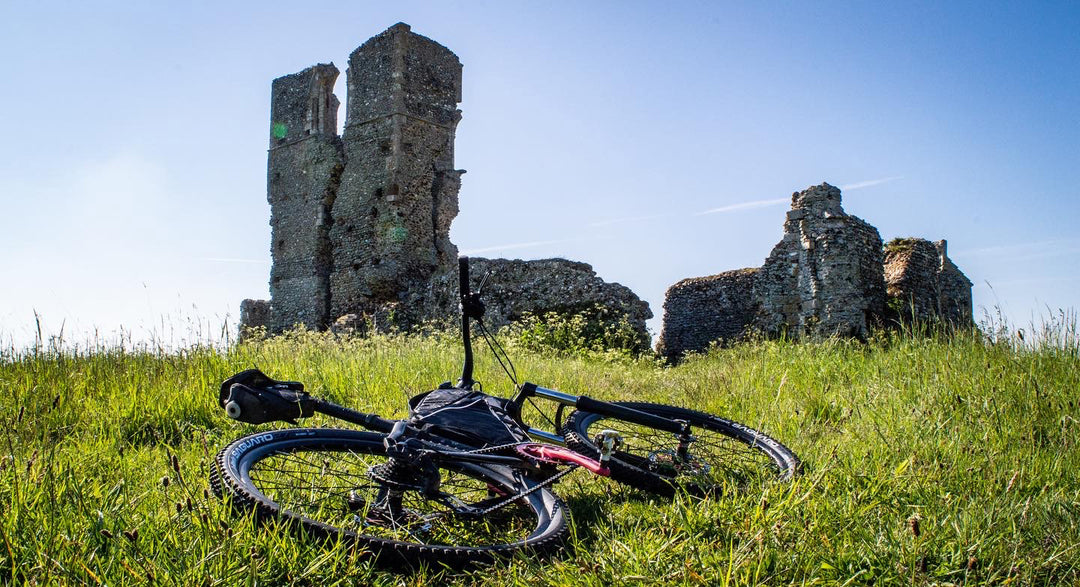Commuting by bike or the London Underground. Does travelling on the Tube expose you to WORSE pollution?
Air pollution on the roads has become a big issue across the UK as big cities like London face major challenges to reduce toxic emissions from rising issues such as road traffic fuel, particularly from diesel. In fact, air pollution is a big killer in the UK. 29,000 premature deaths each year are attributed to air pollution - 4,300 of those coming in London. On top of this, recent Government plans revealed that the air pollution issue is actually worse than initially feared in the UK.
However, it has recently come to light that the air inside the London Underground could be even worse than the pollution above ground. There has been plenty of research showcasing the healthiest methods of transport and worrying levels of toxic fumes.
In fact, research now shows cyclists are amongst those who experience the fewest amounts of air pollution - less than those who travel by tube or by car. Research shows car drivers experience a massive five times the amount of air pollution over those who cycle, and 3.5 times the amount over those who walk. Additionally, another report found cyclists were proved to be exposed to less air pollution than other road users in busy cities. Comparatively, research suggests car users experience high levels of air pollution inside cars as cars are ‘boxes collecting toxic gases’.
When it comes to the Tube, the research doesn’t make great reading. It was revealed that Tube passengers breathe in 12 million toxic air particles a minute, increasing the risk of developing dementia. Elsewhere, research suggested the worst parts of the tube results in users facing toxic fume levels as much as eight times higher than those experienced by drivers. Equally damning was a report from the London Metropolitan University that announced the London Underground was “the dirtiest form of transport” after it large amounts of bacteria, including nine antibiotic-resistant bacteria identified by the World Health Organization (WHO) on the Tube.

To tackle the rising issues, Sadiq Khan revealed a new programme that will help ensure cleaner air. He said, ‘Tube staff and the millions of passengers who use the Underground regularly deserve to breathe the cleanest air possible.”
“TfL’s new Underground air quality programme will help ensure dust and particles are kept to an absolute minimum.’
A fascinating quote by Dr Ben Barratt, a lecturer in air quality science at Kings College London, reveals the challenges we face today, no matter how we travel. He said: ‘By walking and cycling you’ll not only create less air pollution yourself but you can reduce your exposure to air pollution. You can take a step further by taking quieter routes away from this traffic.’
‘But avoiding air pollution is not a sustainable option. This is a very important point. We need to take more action by the government to reduce the amount of air pollution in cities.’
So, while cycling and walking are seemingly the best options for reducing the fumes we breathe, more still needs to be done to address the rising challenges associated with toxic fumes.

What’s clear is London’s air pollution problem isn’t going away. For a brief period, it’s pollution levels actually surpassed those in Beijing, a city notorious for its smoggy fumes. So before we point the finger at others, we ought to have a good look at ourselves first.
As a Tube commuter turned cyclist, I certainly do feel a difference when I occasionally jump on the Tube for business meetings. The air is especially stuffy and hard to breathe, especially on the Central Line in stations like Bank.
While it is not possible for all commuters to avoid using the Tube in favour of cycling - it is incumbent upon us, as the users of London’s infrastructure, to educate people around us and to continue fighting for better air quality both underground and on our roads. Afterall, we are the ones that will bear the effects of the city’s pollution.



